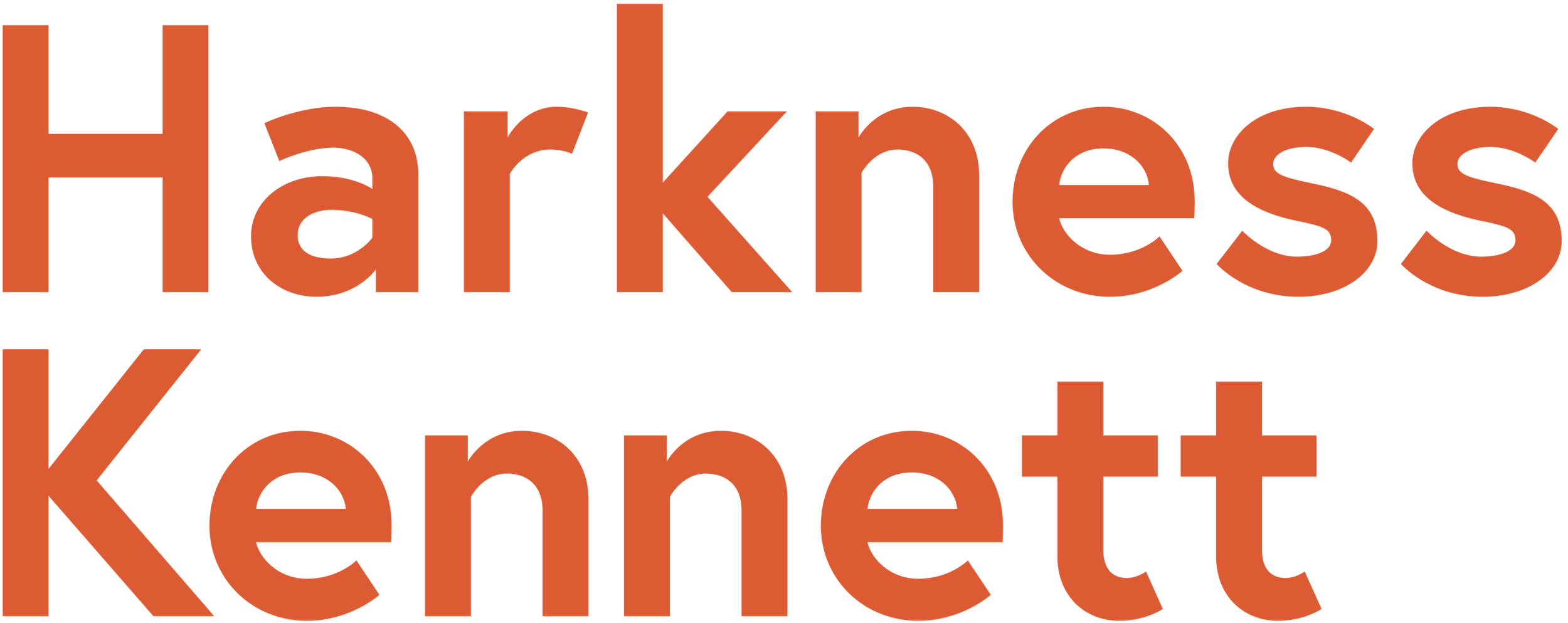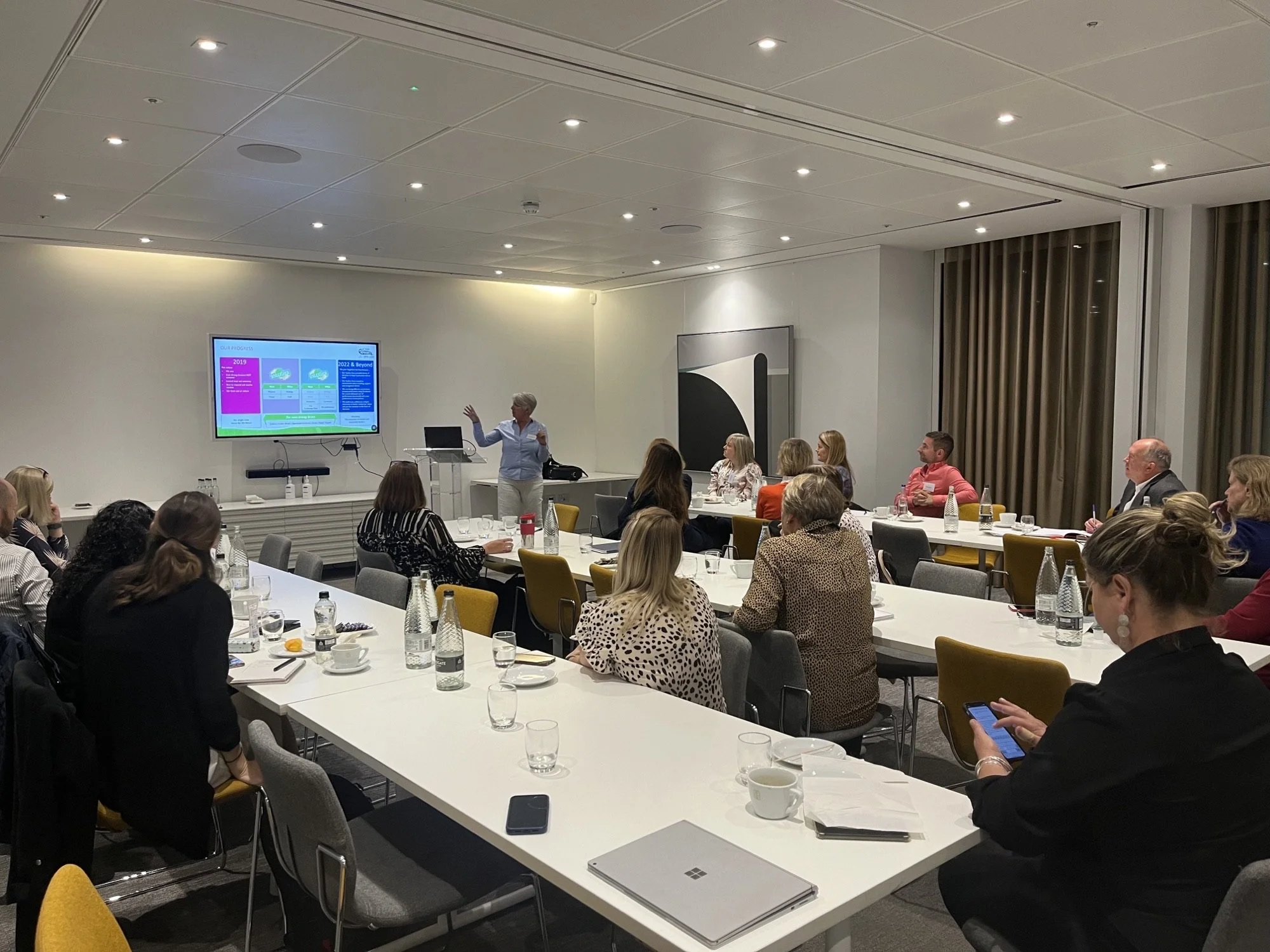What my Mum and the Thomas Cook collapse taught me about audience segmentation
When the news broke that Thomas Cook had gone into liquidation back in September 2019, my 79 year-old Mum was in the middle of enjoying one of her holidays abroad with her sister. As you can imagine, it wasn’t long before I started to receive a series of worried texts from the holiday-makers!
Feeling concerned, I immediately checked the internet to see what was happening – where I found a link to the Civil Aviation Authority (CAA) information site. My first reaction to their website was one of admiration. In the middle of a huge crisis, they’d managed to turn around an impressive piece of communication – and key to their success was their audience segmentation approach. Whether you were a customer currently abroad, a customer due to travel in the coming days and weeks, a concerned relative or a member of staff abroad or at home – there was a signposted page for you. They had clearly put a lot of thought in to the questions you would want to ask and had set about answering them as best they could. I was able to keep my mum up to date about the plans for her flight from the moment of the collapse until her return home just a few days later.
This audience centric approach to communication was quite something. In a moment of utter chaos, their communications felt like an oasis of calm and organisation. So as we move into communicating our new corporate world to our colleagues, we’d do well to give careful consideration around how we segment our own audiences. As my mum would say, “put yourself in their shoes”. It’s important to give each audience equal weight, taking time to think through their likely circumstances and concerns, and providing responses to all possible questions.
If there’s one thing we’re all now certain about, it’s that you can’t be certain of anything. In a world that feels like it has shifted on its axis, we’re all now grappling with how to bring about a new equilibrium.
As a comms professional I thoroughly believe that clear, empathetic communication will get us as individuals and as organisations a long way in the new world. Never has it been more important to understand who your audience is and how they might be feeling about changes happening at work. And now with our home and professional lives colliding on an hourly basis, we can’t ignore the different personal circumstances of our employees when trying to relate to their concerns and information needs.
When we tailor our messages for people continuing to work at home, and those returning to the work place, we’re going to need to factor in so many new considerations. For example:
· is this the outcome this individual would have chosen?
· are they able to travel to work and feel safe?
· how are they managing those who depend on them for care?
· have they got space for the desk and chair you’re planning to send to them?
Staff who’ve been furloughed will need special thought too. For some this will have been welcomed, for others not so much. Some will feel relieved that they had the time to focus on family, while others may feel under-valued and over looked.
So whilst we need to be very clear about what we’re asking colleagues to do, we need to do it with empathy and understanding. We’ve all seen the corporate winners and losers emerging in relation to ‘how we handled the crisis’ based on their public response to the pandemic. Without a doubt there will be also be winners and losers in corporate culture and employee engagement. Those who get communications right, will be creating the most powerful brand advocates. I for one don’t hesitate to recommend the CAA website – check it out!
Published by Nicky































